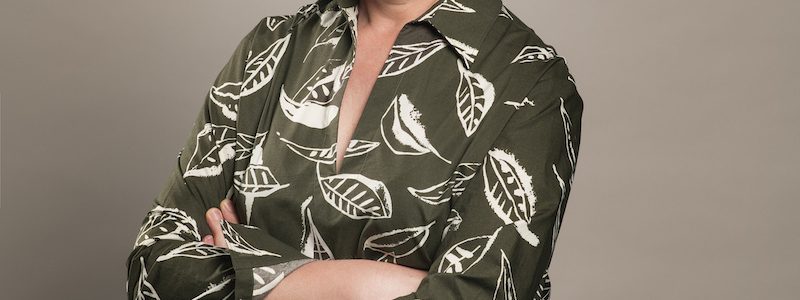As a child on Christmas day I put a letter under my parents' plate. The envelope in which it was contained made the equipment unstable, but it seemed to me that I had hidden it well and then I was distracted by my performance, that is to stand up on the chair and recite a poem in front of everyone. Christmas rites, familiar and otherwise, which make this holiday the richest in charm, history, customs and traditions, even if many have been lost over time.
The séna de sèt sén
One of these customs is told in a delightful booklet, printed in only 300 copies, by Angelo Vicini, writer and poet from Voghera who, between prose and poetry, takes us to the Oltrepò Pavese to The séna de sèt sén, that is the dinner of seven dinners. For a long time it was December 23 that decreed the start of the holidays with a seven-course dinner of lean meat, the 24 was a day of fasting waiting for the 25, the day in which risotto, turkey or capon, mustard and crunchy would appear on the table. The dinner of seven dinners has its origins in the Middle Ages, when the peasant society celebrated the end of short days. Everything had a symbolic value: the number of courses, seven like the days of creation, the hours of daylight in winter and the deadly sins. And of course the food, starting with the bread, which was placed on the table at the beginning of the dinner with a stick stuck in the center.
Peasant rites
At the end of the meal, the head of the family distributed a piece to everyone to protect them from disease; the leftover, preserved for Sant'Antonio Abate, was divided among the animals in the stable to protect them. And then there were garlic and onions, present in various dishes, to ward off evil spirits; raisins (in Mârlüs cun l'üvâtâ), symbol of abundance; walnuts, in the sauce, to wish fertility; large noodles to remember the Fas dâl Bâmbén, the bands in which the Baby Jesus was wrapped. The Turtâ d'sücâ, pumpkin pie, which with the color represented the sun and energy. Another lover of local traditions tells of the customs of the Oltrepò: Alessandro Maragliano, cited to my amazement (I admit my ignorance) by Angelo Vicini himself. My namesake, who passed away in 1943, was a journalist, linguist and writer from Voghera, but I know very little else about him. In Vogheresi popular traditions he describes the rite of the stump on which the head of the family poured wine with a sprig of juniper, the ash was scattered in the fields to propitiate the crops, while the leftover stump was rekindled with the opening of the silkworm cultivation. Also curious is the habit of leaving the bed warm for the Madonna, who could have visited the houses with the Child while everyone was at midnight mass. And then there were the gifts: the municipal body visited the authorities with a tip for the servants, from 70 to 100 lire from the municipal budget (1827).
 Roots to be rediscovered
Roots to be rediscovered
Maragliano never mentions the séna de sèt sén and everything suggests that the tradition, handed down orally, was lost in the together leaving only a few dishes to be prepared in random order. The rediscovery of the festival took place in 1987, when Piera Spalla Selvatico, of the homonymous restaurant and of Arca Slow Food, began to propose it, bringing it back into vogue in Rivanazzano Terme, so much so that in 2012 the same Municipality awarded the Dinner with the Deco . Not to forget their roots. While it remains for me to look for something on mine.
by Laura Maragliano
on sale & Pepe Magazine of December 2020
portrait of Gian Marco Folcolini
photo of Francesca Moscheni's plate
in the kitchen Claudia Compagni
7 courses of lean
The seven courses of lean meat of the Dinner of the seven dinners, traditional on the evening of 23 December in the Oltrepò Pavese:
– Insâlàtâ âd bidràv, püvrón and inciùd (beetroot, pepper and anchovy salad)
– Sigùl with the pen (Stuffed onions)
– Turtâ d'süc (pumpkin pie)
– Fas dâl Bâmbén with âjà (swaddling of the Child with the agagliata);
– Mârlüs cun l'üvâtâ (cod with raisins);
– Furmâgiâtâ cun lâ mustàrdâ (cheese with mustard);
– For giâsö cöt cun i bâlât (popsicle pears cooked with dried chestnuts).

